From what I've read, TCP sits on the layer between the application and IP, and handles setting up the packets, checking for errors, ordering etc so the application itself doesn't have to do it.
However, when I looked at the TCP header I became confused. From the way I understand it, some data is handed to TCP from the application, and is given a destination address to which to send the data. The TCP layer packages it up, and sends it on to the IP layer, who in turn hands it off, all the way on down to the physical layer.
But looking at the TCP header on Wikipedia, there is no mention of a destination address! There is only a destination port number which I am pretty sure is not an address.

So my question is, how does TCP get the addresses? And/or, how does IP get the address if TCP isn't passing them to it?